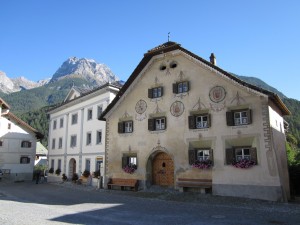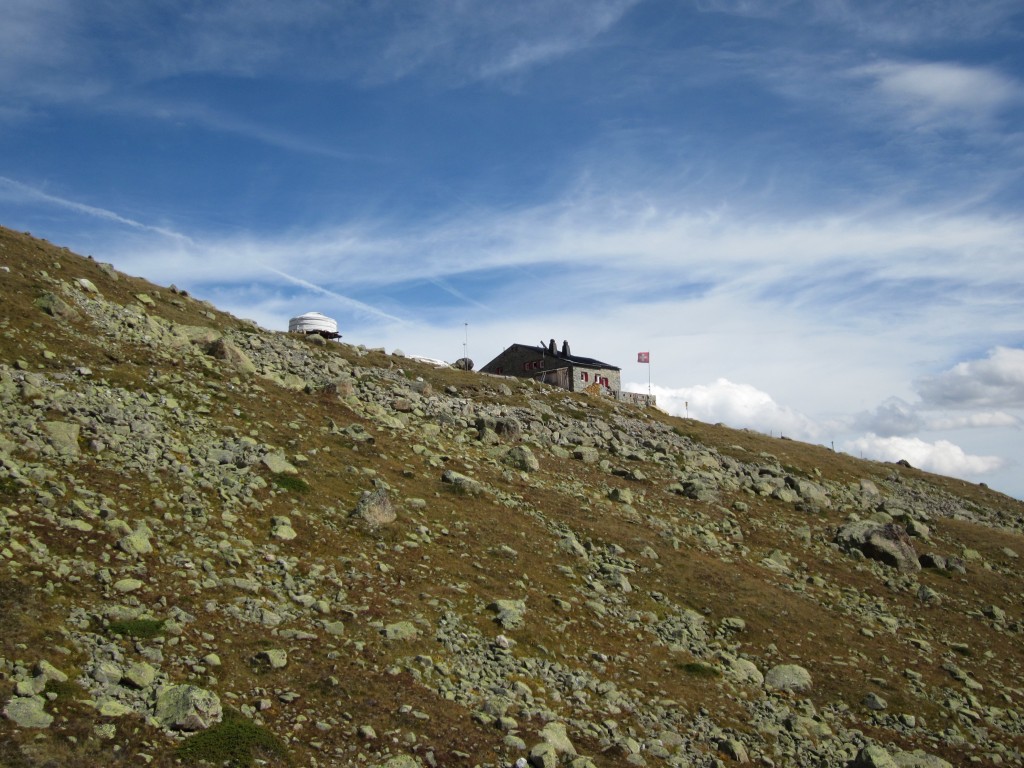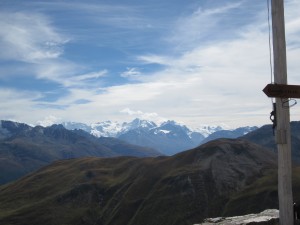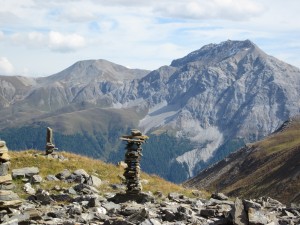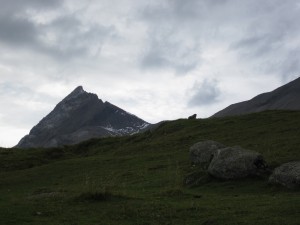Gentle Reader,
Here we go into the season ‘tis jolly with food and good cheer!’ It will not be popular to talk about belly fat being the death of you. How has Santa survived all these years?
I keep harping on ‘keep moving.’ It turns out that even if you are at your ideal weight and your tummy is sticking out, that fat sitting there is dangerous. You must 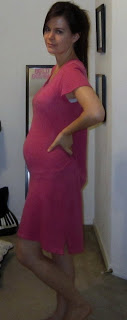 keep moving to stay alive. Moving includes not only cardio but also ab strengthening.
keep moving to stay alive. Moving includes not only cardio but also ab strengthening.
I struggle with that myself. Is this pooch a wheat belly (see my post on Celiac disease) or is it excess fat that needs to be exercised into muscle. The facts are in, so if you want to know just how serious this is, read on.
This picture is Crissie Bessinger, blogger about ways to avoid gluten with recipes and guidance. Her blogs are here.
Belly fat increases the risk of heart disease, cancer, diabetes.
Here’s the research, and I want to thank Dr. Stephen Chaney for passing this on to me.
A group of scientists at the National Institutes of Health recently analyzed data collected from 44,000 women in the Nurses’ Health Study over a 16-year period and asked if abdominal obesity affected their death rates from heart disease and cancer (Zhang et al, Circulation, 117: 1658-1667, 2008).
The answer was a clear-cut yes!
The study showed that women with a waist circumference of 35 inches were twice as likely to die from heart disease and cancer than women with a waist circumference of 28 inches – even if they were at ideal body weight.
But you might be asking “How can they be at ideal body weight and still have abdominal obesity?”
There is a natural tendency to lose muscle mass as we age. When we add in the inactivity associated with the American lifestyle that loss of muscle mass is accelerated and the muscle is replaced with fat.
Thus, it is actually possible in today’s world to have both normal weight and abdominal obesity – and that is not a good thing!
This gal looks good. You’d be glad to have her figure, right? Her excess belly fat is not healthy.
Of course, the women who were both overweight and had abdominal obesity were even more likely to die from heart disease or cancer.
So it is not just about not looking good in your bathing suit – abdominal obesity is a killer!
However, the good news is that you can do something about abdominal obesity.
A combination of exercise, a healthy diet and the “180 Turnaround Plan” is a proven way of getting rid of that unsightly belly fat forever. Stay tuned for this 180 Turnaround Plan. Details to follow. Please get in touch if you are interested in learning more.
My current waist is 31 inches. I’d like to get that down 2 inches. Anyone want to join me? It’s more fun together.
Take Action: Leave a comment, perhaps even your waist measurement. Go ahead. This is a protected website and can’t be hacked into by just any one.
Call me. I’ll let you know when the shopping page has these products available. January 1. If you can’t stand to wait that long, the Cinch products we’ve been using all along are available now, here.
Get going on some abdominal strengthening exercises. Here is a youtube video by Amy Goodman. I’ll have to think about this series. Looks hard. I think I’ll try it.
Fondly, Betsy
Be Well, Do Well and Keep Moving
BetsyBell’s Health4u
206 933 1889 1 888 283 2077
betsy@hihohealth.com

